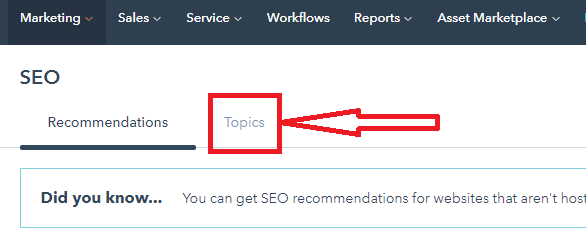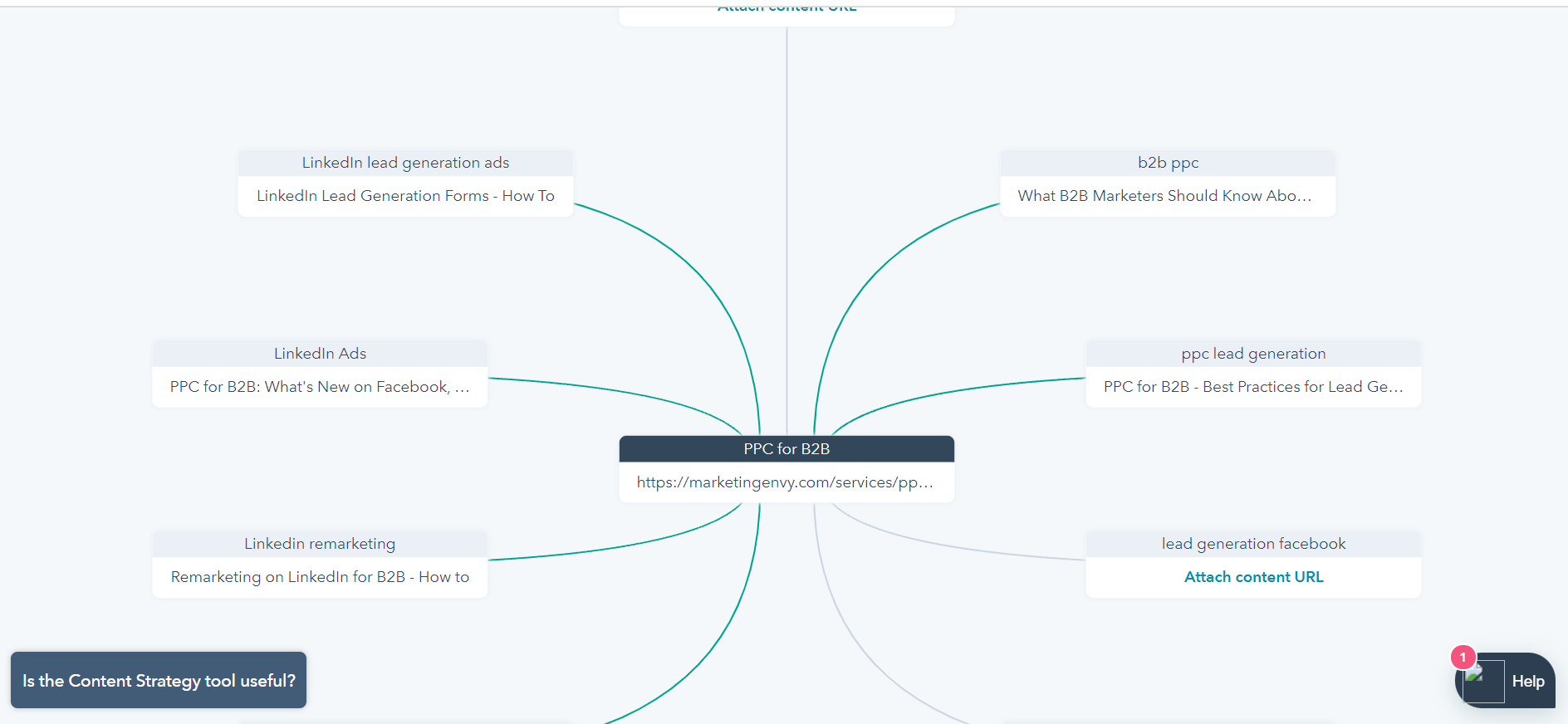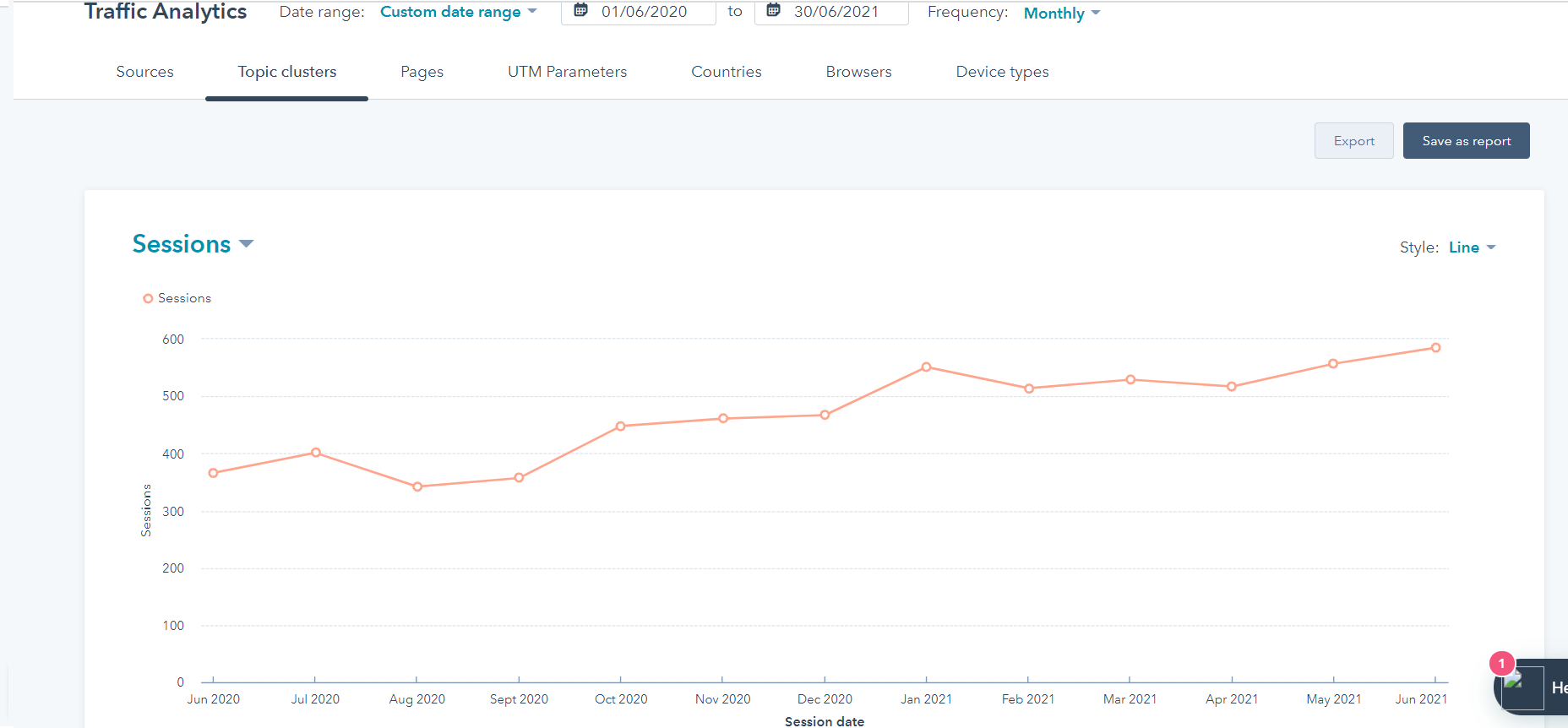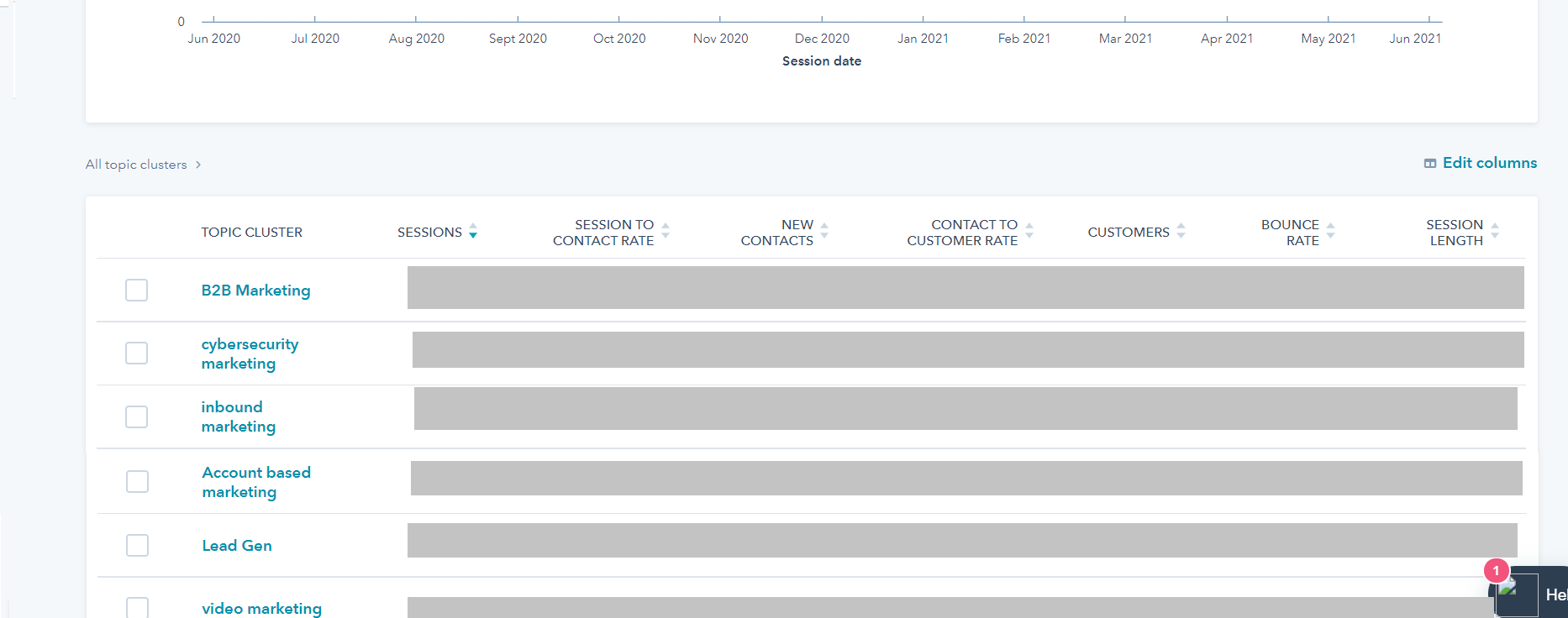
B2B SEO: Topic Clusters, Not Keywords
Once upon a time, B2B marketers would carefully select a list of individual keywords to target and write content on that would increase their chances of ranking on Search Engine Results Pages (SERP).
They would look for keywords that received a high volume of searches but didn’t (yet) have too much written content competing for attention, and then use that keyword as much as possible. For the next post, they’d choose a different keyword. Each was considered and used individually.
The result? Keyword stuffing ran rampant, reader experience dropped, and users were disgruntled.
Then, Google decided to make some changes…..
Why topic clusters overtook keywords for SEO
Google is constantly updating their search algorithms with the aim of improving the user experience and directing people to the most relevant and useful content. <We are also firm believers that they do this so that no one ever “cracks the code”, but that’s for another post>.
One of the main changes/updates/effects, is that you now need thought leadership to rank high on the SERP. That means that you need to show you’re knowledgeable about the entire topic, not just a narrow aspect of it. It also means that Google knows how to extend knowledge and assume association. So, ‘cybersecurity threat intelligence’ and ‘cybersecurity threat intelligence tools’ and ‘cybersecurity threat intelligence platforms’ would all be associated in the same cluster.
In order to take advantage of the glorious clusters, requires updating your SEO to cover more than just individual keywords. You need topic clusters.
What are topic clusters?
Topic clusters mean multiple pieces of content that all address the same topic from different angles. They can also be different keywords that refer to the same topic of interest. They’ll share keywords that cluster together around that topic to drive inbound marketing traffic.
Imagine you’re writing about ‘Kubernetes security’. It’s not enough to write one post targeting the ‘Kubernetes security’ keyword. Several pieces of content that link together, all using keywords that relate to Kubernetes security are required, like on the diagram below.
How to research topic clusters for inbound marketing B2B
To build an effective inbound marketing strategy, marketers need to think about ranking for keyword clusters instead of individual keywords. How do you decide what topics to go for? By a number of factors:
- Topics that relate to what you do: There is no point in aiming to rank for a topic that has no or very little connection to your business. Make sure the users that are searching for those terms are your target audience.
- Use tools like Semrush.com to discover relevant topics and expand your topic ideas
- Investigate what competitors are ranking for as often they are targeting the same audience as you
- Do a deep dive into your website to discover relevant topics and speak to a variety of people within the company
- Use your Google Search Console to review how current website visitors are searching to reach you
- Choose topics with large enough volume and variety of keywords that you can write multiple pieces of content on them. But don’t choose too many clusters, as you need to write ample content for each one, just to move the SERP needle in your favor.
- Choose topics that are not too competitive if you are just starting out. Tools like Semrush.com offer scoring models telling you how competitive those keywords are.
- Choose topics that are trending up and NOT down. Again Semrush.com offers graphs showing trends as does Google Trends.
Links play a crucial role; you need them to tell search engines like Google that these pieces of content are connected in a topic cluster. And the best way to achieve that is to use a pillar page.
What is a pillar page?
A pillar page supports your topic cluster and holds it together. Think of it as a very long web page packed with information relevant to the cluster.
It should cover all the aspects of your topic on a high level, without going into too much detail.
Then you’ll write cluster content posts that link back to your pillar page. Each discusses a different aspect of your main topic, going into more depth and using a specific cluster keyword, to establish your authority over the topic.
Take our ‘Kubernetes security' example: the pillar page in the center covers different aspects of Kubernetes security. Cluster posts branch off it to address specific keywords like “Kubernetes security best practices” or “AWS Kubernetes security.”
Here are some great examples of pillar pages:Marketing Envy’s Cyber Security Marketing page, our PPC page and PlainID’s What is Authorization? page.
Note that in order to be effective, your pillar page needs to be updated with new content at least twice per year. Why do Wikipedia and Wiki pages usually come up first in your searches? Because they are long, cover the subject matter specifically, are frequently updated, and have tons of backlinks. Search engines love this!
The topic cluster tool on HubSpot
Good news! You don’t have to try to plot your topic clusters and pillar pages alone. There’s a great tool from HubSpot which helps you map your content plan, check that all your cluster posts line up with each other, and helps you track performance so you can fine-tune it.
Go to Marketing>Website>SEO>Topics in your Hubspot account.


Type a topic in the box marked “Enter a topic.” For all your subsequent topics (not including the first topic you create), HubSpot will show you how popular your topic phrase is and how hard it is to rank in the SERP.

Once you’ve chosen a topic, attach the pillar page URL to use HubSpot to monitor links and track performance. 
Alternatively, you can create your pillar page within HubSpot.
Then you can use the tool to research sub-topic keywords and create cluster keyword content, or attach content you already wrote to check that it relates back to the pillar page effectively.
Monitor your performance
The screenshot below shows what a topic cluster map looks like when all your cluster posts are linked to the pillar page. You can see that each post has a green line connecting it to the main pillar page, reassuring you that all the keywords and topics match up.

And here’s a screenshot showing what happens when your marketing gets muddled. In this image, two posts have red lines instead of green ones, because they aren’t connected properly to the pillar page.

Once all your topic cluster content is live, go to Reports> Analytics Tools> Traffic Analytics> Topic Clusters in your HubSpot account to track how well it’s performing. You’ll see reports like these.


Your SEO can’t exist in a vacuum
As SEO best practices keep on evolving, you need to rethink your approach to content. It’s no longer enough to just keep churning out standalone pieces of content; you need a structured content strategy that brings everything together.
Pump out a significant amount of content per cluster (at least several pieces a month), because a few pieces sporadically written won’t cut it. The more clusters you have the more content you need to feed the beast, therefore we recommend picking a few select clusters and focusing on them.
The more relevant, helpful content you have (around topics people are searching for), the more likely you are to bolster your SEO authority, increase your thought leadership positioning and drive your content up the SERP. Pssst, don’t forget to link them.
Get in touch with Marketing Envy for more expert SEO wisdom and guidance.
PS: If you found this helpful, I'd really appreciate it if you can click here to share it on Twitter - besides helping my ego, it's just fun to get notifications 😉





